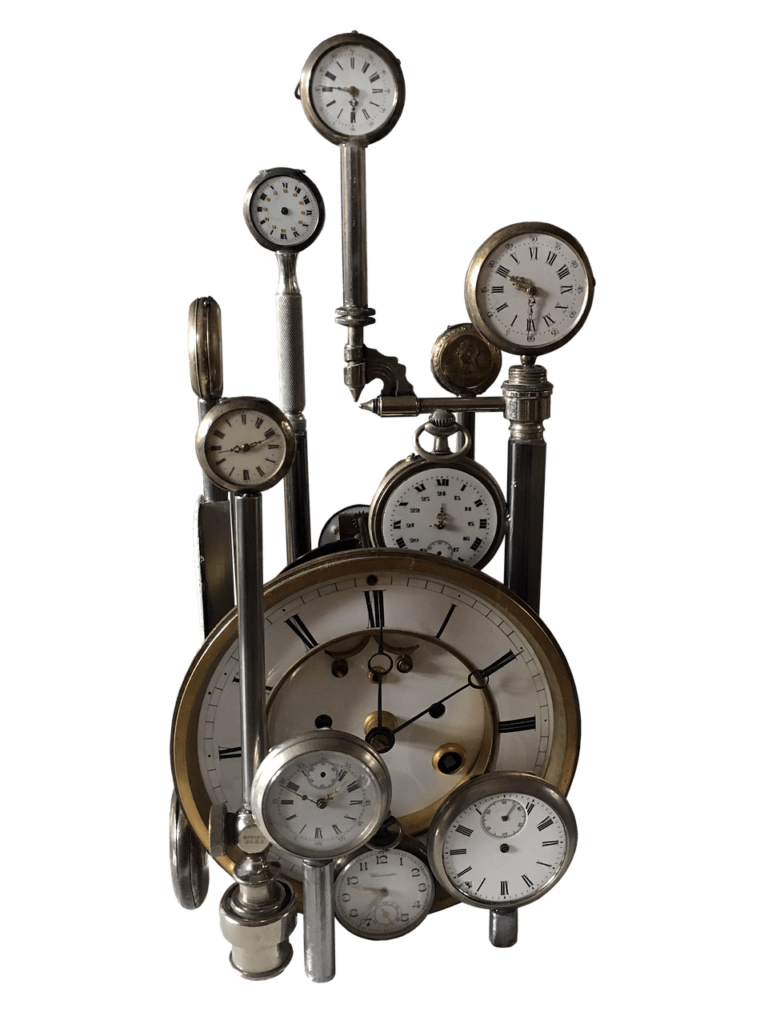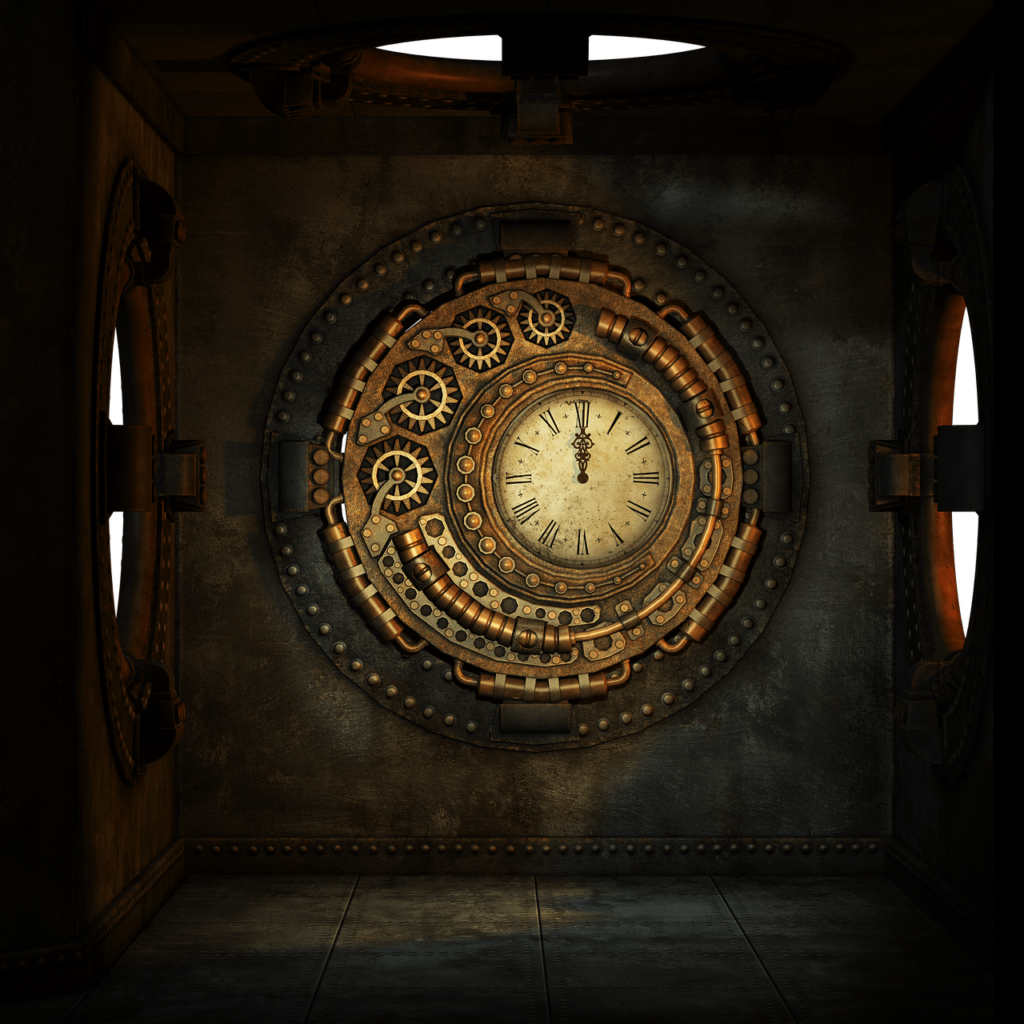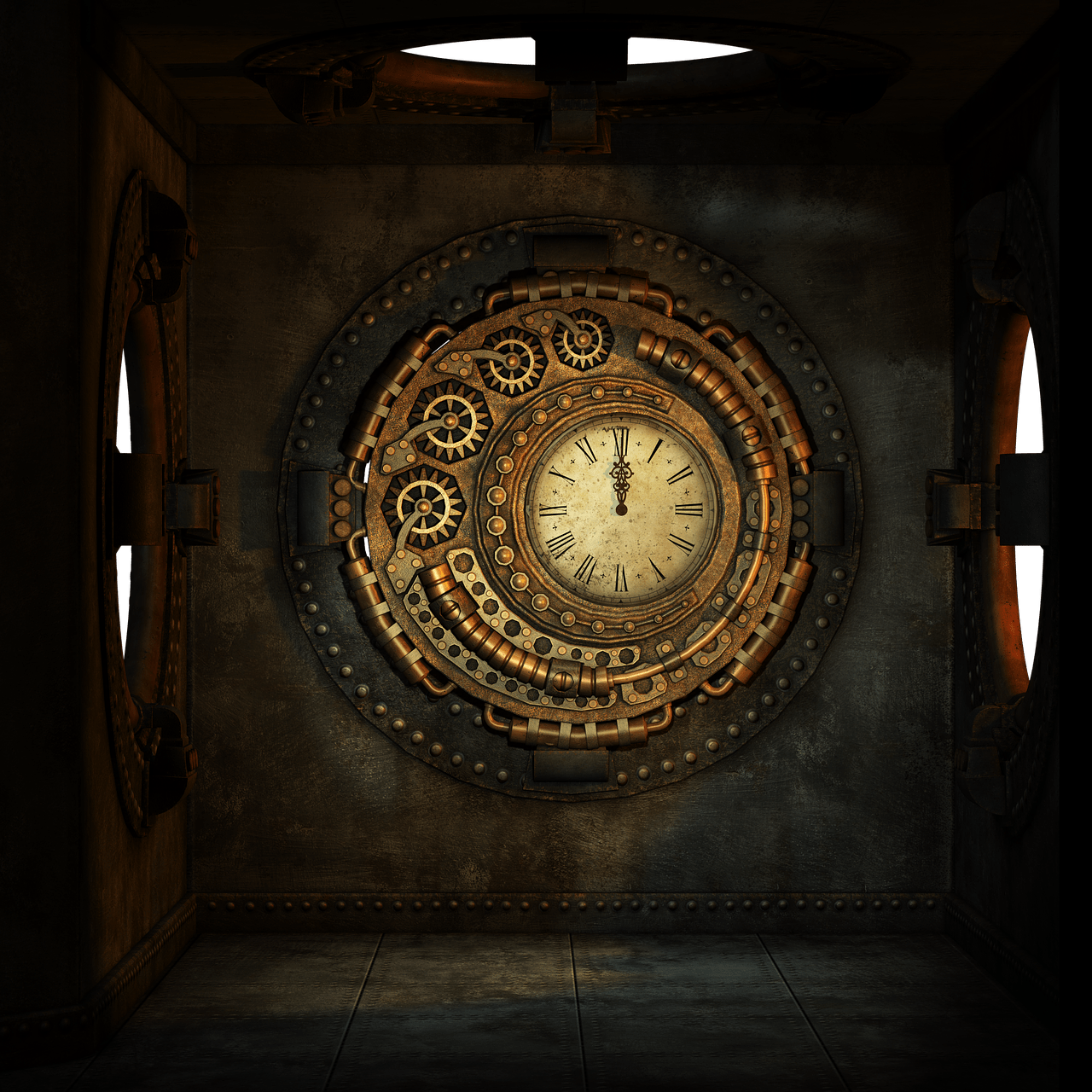What is Mechanical Artwork?
Mechanical artwork refers to any form of art that incorporates moving parts or mechanisms to create a dynamic visual experience. From intricate clockwork sculptures to kinetic installations, mechanical artwork adds an element of movement and interactivity to traditional art forms. In this comprehensive guide, we will explore the history, techniques, and significance of mechanical artwork.
History of Mechanical Artwork
The roots of mechanical artwork can be traced back to ancient civilizations such as the Greeks and Egyptians, who created automata – self-operating machines – for entertainment and religious purposes. In the Middle Ages, clock towers with elaborate moving figures were a popular form of mechanical art. The Industrial Revolution brought advancements in machinery and technology, paving the way for more complex and innovative mechanical artworks.
Techniques Used in Mechanical Artwork
Mechanical artwork relies on a variety of techniques to bring movement and life to static pieces. Gears, levers, pulleys, and motors are commonly used to create kinetic sculptures and installations. Artists may also incorporate sensors and programming to introduce interactive elements into their work. By mastering these techniques, artists can transform traditional art forms into dynamic, ever-changing creations.

Types of Mechanical Artwork
Mechanical artwork encompasses a wide range of styles and mediums, each offering a unique perspective on the intersection of art and technology. Let’s explore some of the most common types of mechanical artwork and their characteristics.
Kinetic Sculptures
Kinetic sculptures are three-dimensional artworks that incorporate movement as an essential component. These sculptures often feature rotating or oscillating parts that create mesmerizing patterns and effects. Kinetic artists like Alexander Calder and Jean Tinguely have made significant contributions to this art form, blurring the line between sculpture and performance.
Clockwork Art
Clockwork art refers to artworks that incorporate clock mechanisms or elements, such as gears and springs, to create movement. Clockwork sculptures and installations often evoke a sense of nostalgia and wonder, as viewers are transported back to an era when intricate timepieces were marvels of craftsmanship. Artists like Maarten Baas and Daniel Weil have reimagined traditional clockwork techniques in their contemporary artworks.
Automata
Automata are mechanical devices that mimic human or animal movements through the use of cams, gears, and linkages. These whimsical creations often tell a story or perform a repetitive action, enchanting audiences with their lifelike motions. Automata artists like Paul Spooner and Dug North are known for their intricate designs and clever mechanisms, breathing life into inanimate objects.
Interactive Installations
Interactive installations invite viewers to participate in the artwork, blurring the boundaries between artist and audience. These dynamic artworks often respond to human presence or touch, creating a personalized and immersive experience. Artists like Rafael Lozano-Hemmer and Random International use sensors, lights, and sound to engage viewers in a dialogue with the artwork, transforming passive spectators into active participants.
Significance of Mechanical Artwork
Mechanical artwork holds a unique place in the art world, bridging the gap between tradition and innovation, craftsmanship and technology. By combining movement and mechanics with artistic expression, mechanical artists challenge our perception of what art can be and how it can engage with the viewer. Let’s delve into the significance of mechanical artwork and its impact on contemporary art.
Preservation of Craftsmanship
Mechanical artwork often requires a high level of craftsmanship and technical skill to design and construct intricate mechanisms. By preserving traditional techniques such as clockmaking and automata-building, mechanical artists honor centuries-old traditions while pushing the boundaries of creativity and innovation. The meticulous attention to detail and precision in mechanical artwork celebrates the artistry of the maker and the beauty of handmade objects.
Exploration of Movement and Time
Movement and time are central themes in mechanical artwork, as artists explore the passage of time and the dynamics of motion through their creations. By incorporating moving parts and kinetic elements, mechanical artists breathe life into static objects, inviting viewers to experience art in a new and engaging way. The cyclical nature of movement in mechanical artwork reflects the rhythm of life itself, reminding us of the constant flux and evolution of the world around us.
Engagement with Technology
Mechanical artwork embraces technology as a means of expanding the possibilities of artistic expression. Artists leverage cutting-edge tools and materials to create interactive and dynamic artworks that push the boundaries of traditional art forms. By integrating sensors, motors, and programming into their work, mechanical artists bridge the gap between art and technology, inviting audiences to interact with and experience art in innovative ways. This fusion of art and technology opens up new avenues for creativity and exploration in the art world.

Collecting and Appreciating Mechanical Artwork
Collecting mechanical artwork can be a rewarding and enriching experience, allowing you to build a diverse and dynamic art collection that showcases the intricacy and innovation of mechanical art. Whether you are a seasoned collector or a novice enthusiast, there are several factors to consider when acquiring and appreciating mechanical artwork.
Authenticity and Provenance
When collecting mechanical artwork, it is essential to verify the authenticity and provenance of the piece to ensure its value and integrity. Look for artists’ signatures, edition numbers, and certificates of authenticity to authenticate the artwork’s origins. Research the artist’s background and exhibition history to gain a deeper understanding of their practice and style. By investing in verified and documented pieces, you can build a reputable and valuable art collection.
Condition and Maintenance
Maintaining the condition of mechanical artwork is crucial to preserving its longevity and value. Keep kinetic sculptures and installations away from direct sunlight, moisture, and extreme temperatures to prevent damage to delicate mechanisms. Regularly dust and clean the artwork using a soft brush or cloth to remove dirt and debris. If the artwork requires repairs or maintenance, consult a professional conservator or restorer with experience in mechanical art to ensure the piece is properly cared for and restored.
Display and Presentation
Displaying mechanical artwork in your home or gallery requires careful consideration of lighting, space, and aesthetics. Choose a prominent and well-lit location to showcase the artwork, allowing viewers to appreciate its details and movement. Avoid cluttered or cramped environments that may distract from the artwork’s impact and beauty. Consider incorporating interactive elements such as sensors or sound to enhance the viewer’s experience and engagement with the artwork. By thoughtfully displaying and presenting your mechanical art collection, you can create a visually stunning and dynamic showcase of artistic innovation.

Conclusion
Mechanical artwork offers a unique and captivating blend of art, craftsmanship, and technology, inviting viewers to experience movement and innovation in new and exciting ways. From kinetic sculptures to interactive installations, mechanical artists push the boundaries of traditional art forms, challenging our perceptions and engaging with our senses. By exploring the history, techniques, types, and significance of mechanical artwork, we gain a deeper appreciation for the artistry and creativity of mechanical artists. Whether you are a collector, enthusiast, or artist, mechanical artwork offers a world of wonder and inspiration waiting to be discovered and enjoyed.

